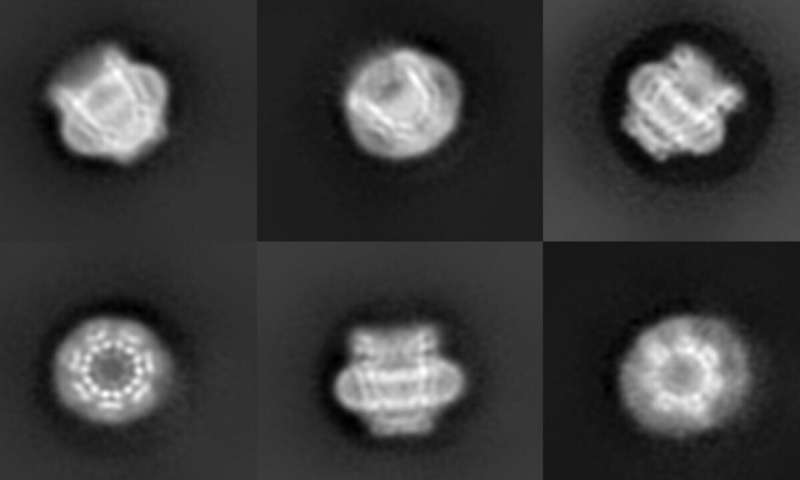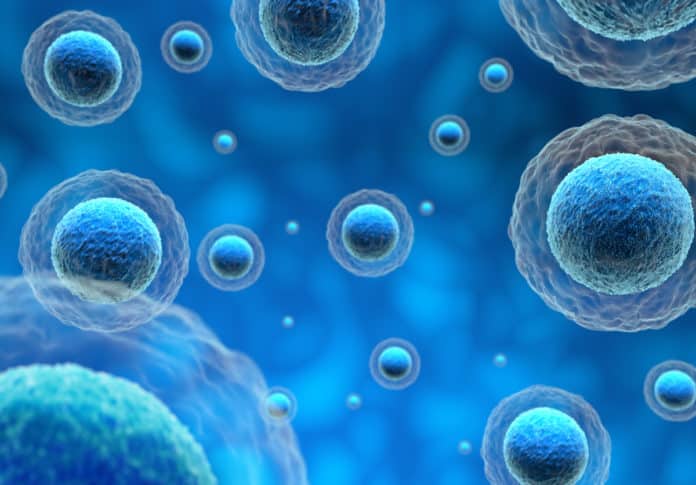Images of ‘Invisible’ Holes on Cells Developed – Pores called Pannexins
The sensation of pain, inflammation and high blood pressure may partly rely on the pores, the tiny holes on the surface of cells. By allowing water and other molecules to pass through the cell’s surface membrane, living cells react to the environment. This flow is controlled by protein-based pores.
One set of pores are like the tiny “black holes” of biology, known as the pannexins. Computational and functional evidence confirmed their existence but they were never actually seen until very recently. It was found that these pores help cells communicate and react to their surroundings, however, it is hard to know how do these pores function without seeing what they look like.
From Cold Spring Harbor Laboratory (CSHL) and Cornell University, a team of researchers developed very high-resolution images of these elusive structures.
Kevin Michalski, a postdoctoral researcher who co-led the project said, “There has been some mystique about pannexins since the time we knew these pores exists. Figuring out what exactly these pores are doing, without images has been really difficult.”
To get a clear image of pannexins, Michalski spent more than six years.
Michalski explained, “Without really being able to see what I was working with, I had spent so long trying to set up experiments and that is what made this so exciting. It is all new information now as we can see this detailed structure clearly for the first time.”

Johanna Syrjanen and Michalski collaborated with the Kawate lab at Cornell University and the Furukawa lab at CSHL. To capture a half-million images of a pannexin pore, called “pannexin 1,” from many different angles, they used the cryo-electron microscopy (cryo-EM) technique. Then they formed a three-dimensional model by merging the images. In a donut-like ring around a central pore, the Pannexin 1 is made up of seven identical proteins.
It has been hypothesized by researchers that pannexin 1 is responsible for triggering a failing cell’s self-destruction by releasing the signals. Clearing the way for new cells to thrive, these signals prompt macrophages to destroy the ailing cell. Organisms age without the replacement of ailing cells with new cells.
Michalski said, “Even cells that don’t go through the process of self-destruction can have pannexins and that’s what is interesting. This indicates that the pore must be performing some other important mechanisms.”
Professor Hiro Furukawa oversaw the research and he added, “The shape of the pannexin 1 on a cell is different from another kind of pore recently revealed from my lab. Than what scientists originally anticipated, it appears that there are more kinds of pores. Important questions to be explored are when and how the pores open and close.”
The cell’s size is regulated by the flow of salts, water, and other molecules across a pore into the cell. Pain, inflammation, and high blood pressure could be caused by cells that misregulate their size of water flow. It is also thought that larger molecules are allowed to pass through the pannexins. New classes of drugs could be led by understanding how molecules negotiate their way through a pannexin.
The journal eLife published this study’s findings.
Images of ‘Invisible’ Holes on Cells Developed – Source
Author– Prathibha HC



